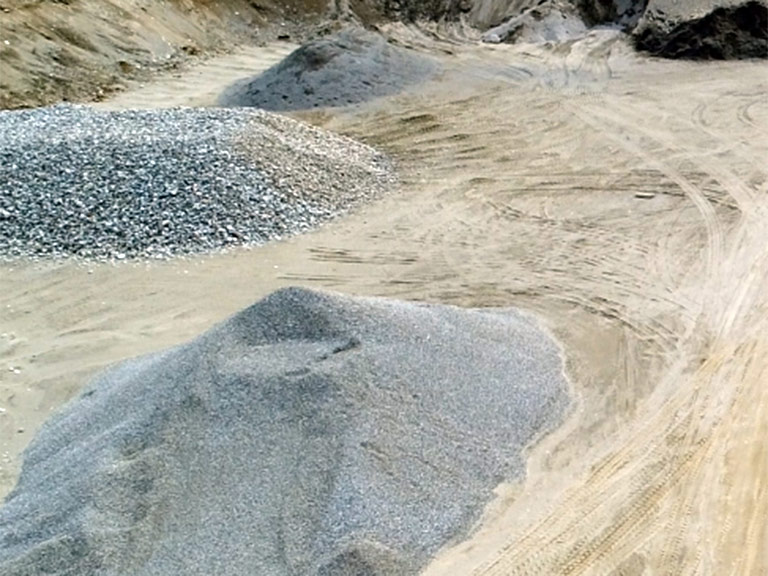

Restore riverside sand/gravel bars that have been affected by unnatural disturbance (e.g., remove obsolete impoundments in order to restore the natural hydrology). Avoid habitat alteration along the shoreline and surrounding landscape. Where practical, establish and maintain a natural riparian buffer to reduce storm-water, pollution, and nutrient run-off, while simultaneously capturing sediments before they reach the riverside sand/gravel bar. Conservation Strategies and Management Practices Several riverside sand/gravel bars are threatened by non-native species. Threats to rivers may apply to the riverside sand/gravel bars (e.g., pollution, nutrient loading, sedimentation, impoundments, flooding, water release for rafting). Other threats include habitat alteration (e.g., instream gravel mining, road crossings, logging in adjacent floodplain), and relatively minor recreational overuse (e.g., boating, ATVs, trampling by visitors, fishing, trash dumping). Structures built along the shoreline (e.g., riprap, boat launches) are a particular threat to this community. Riverside sand/gravel bars are threatened by development (e.g., residential, agricultural, industrial) in the surrounding landscape. The number and acreage of riverside sand/gravel bars in New York have probably declined moderately from historical numbers likely correlated to the alteration of natural hydrology from impoundments, shoreline hardening, and instream gravel mining.

The number and acreage of riverside sand/gravel bars in New York have probably declined slightly in recent decades as a result of shoreline development, alteration to the hydrology, instream gravel mining, and invasive species. The current trend of this community is probably stable for occurrences on public land, or declining slightly elsewhere due to moderate threats that include alteration to hydrology, shoreline development, instream gravel mining, and invasive species. This community is limited to the rivers and streams with sand or gravel substrate in the state, and there are only a few high quality examples. A few documented occurrences have good viability and several are protected on public land or private conservation land. There are probably several hundred occurrences statewide. In addition, artificial water-level fluctuation through the regulation of dams and reservoirs can influence these communities and the organisms that inhabit them. Ice scour and spring flooding from snow melt are natural processes that contribute to the dynamic nature of the plant communities and the substrate of riverside sand and gravel bars. japonica) and purple loosestrife ( Lythrum salicaria). However, these habitats are subject to multiple natural and human disturbances, making them particularly vulnerable to invasion by exotic plant species, such as Japanese knotweed ( Reynoutria japonica var. Riverside sand and gravel bars provide favorable habitat for certain rare plants, such as swordleaf rush ( Juncus ensifolius), dwarf bulrush ( Lipocarpha micrantha), Carey's smartweed ( Persicaria careyi), and low sand cherry ( Prunus pumila var.


 0 kommentar(er)
0 kommentar(er)
